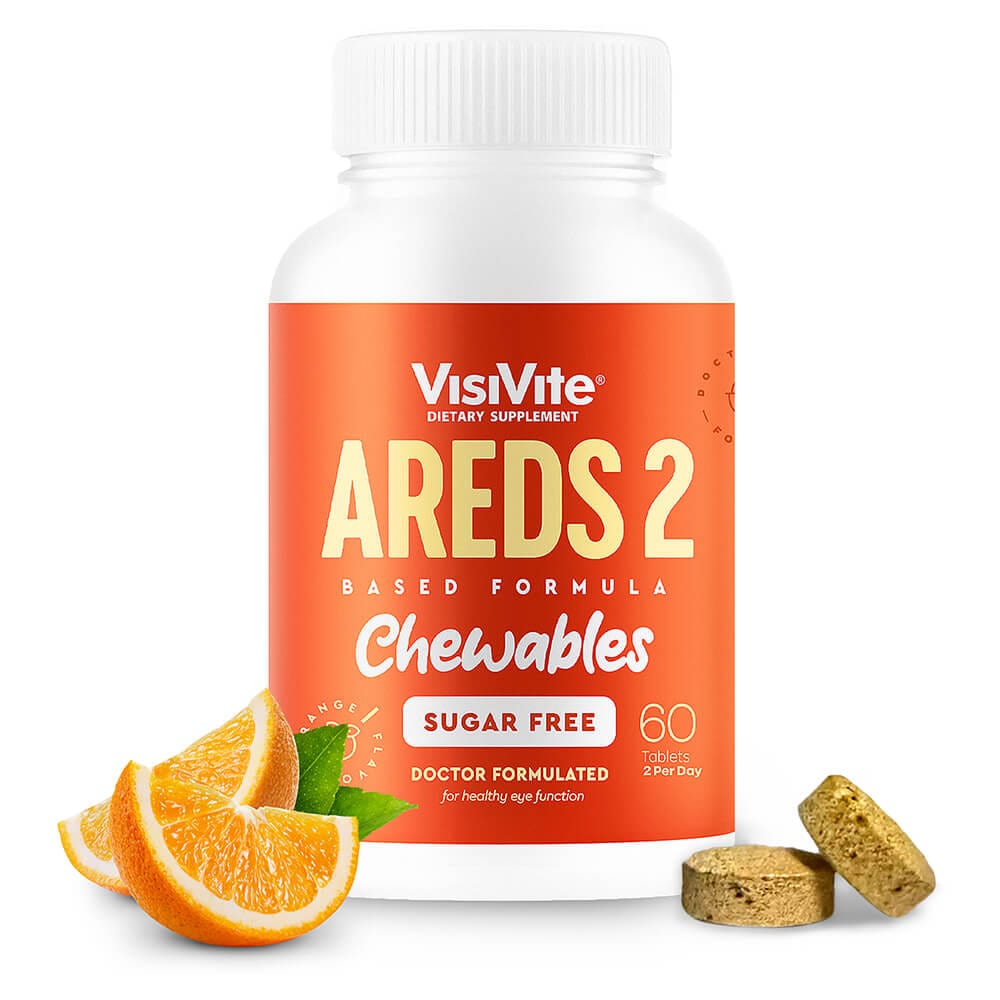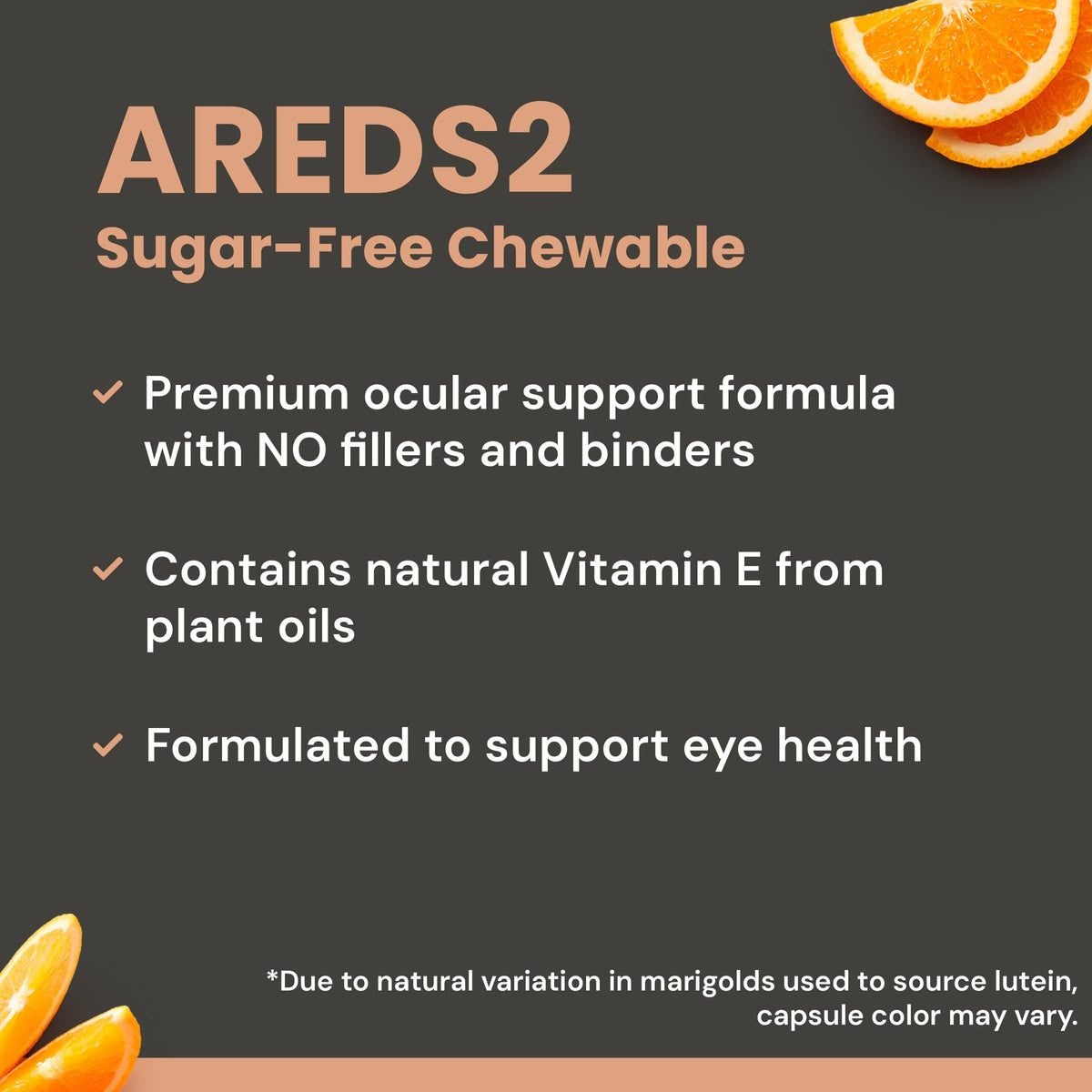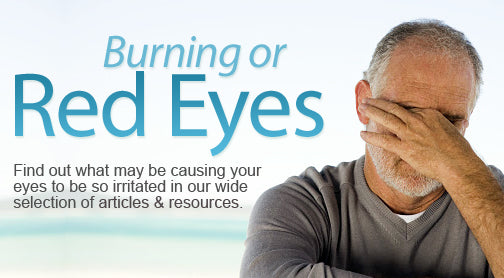Dry eye syndrome is a chronic lack of sufficient lubrication and moisture in the eye. To help keep the eyes comfortable and vision optimal, a normal, thin film of tears coats the eyes. This tear film is made up of three main layers, which are critical to a normal tear film:
-
 Inner mucous layer against the eye
Inner mucous layer against the eye - Middle aqueous (salt water) layer
- Outer lipid (oily) layer.
If any of the three layers of the tear film are deficient, the eye may suffer symptoms of dry eye.
Symptoms of Dry Eye:
- Eye pain
- Excessive tearing
- Dry, gritty, scratchy feeling
- Blurred vision
- Burning or itching
- Redness
- Foreign body sensation
- Light sensitivity
Causes of Dry Eye
Tears bathe the eye, washing out dust and debris and keeping the eye moist. They also contain enzymes that neutralize the microorganisms that colonize the eye. Tears are essential for good eye health.
 There are certain factors that contribute to Dry Eye Syndrome, although both men and women of any age may experience it.
There are certain factors that contribute to Dry Eye Syndrome, although both men and women of any age may experience it.
Aging: Advancing age is the single most important risk factor for Dry Eye. Dry Eye Syndrome affects 75% of the population over the age of sixty-five years.
- Women: Hormonal changes brought on by pregnancy, lactation, oral contraceptives, menstruation, and post-menopause can cause Dry Eye conditions.
- Disease: Several diseases result in increased likelihood of Dry Eye Syndrome, such as Rheumatoid Arthritis, Sarcoidosis, Sjogren's Disease, and Lupus.
- Medication: Certain medications can decrease the body’s ability to produce lubricating tears: Antidepressants, decongestants, antihistamines, blood pressure medication, oral contraceptives, diuretics, ulcer medication, tranquilizers, beta blockers.
- Contact Lenses: Dry Eye is the leading cause of contact lens discomfort or intolerance. Soft contacts, in particular, rapidly evaporate the tears from the eye, causing irritation, protein deposits, infection, and pain.
- Environmental Conditions: Exposure to smoke, fluorescent lights, air pollution, wind, heat, air conditioning, and dry climates can increase tear evaporation.
- Computer Users: Computer users spend hours staring at their terminal ignoring their normal blinking process, which is a vital function of tear production.
- Refractive Surgery: Candidates considering refractive surgery (i.e. RK, PRK, LASIK, LTK) should consult their Eye Care Professional regarding any dry eye risks prior to undergoing the procedure.
Diagnoses of Dry Eye Syndrome
There are various ways that Dry Eye Syndrome can be diagnosed:
- Schirmer tear test: involves placing filter-paper strips under the lower eyelids to measure the rate of tear production under various conditions.
- Presence of punctate keratopathy drops using on cornea using fluorescein dye staining
- Tear Break-up Time - may indicate Meibomian gland dysfunction.
- Lisamine Green staining - shows devitalized tissue
- Lacrimal tear lake appearance on lower eyelid
Managing Dry Eye Syndrome
Artificial Tears
The first line of treatment is usually artificial tears.
Eyedrops called artificial tears are made of balanced salt solution. They briefly moisten the eyes, but do not contain the full array of molecules and proteins that are found in human tears. Mild dry eye might respond to artificial tears. However, for patients with moderate and severe dry eye, these are generally not enough to relieve symptoms, even when taken frequently.
Preservative-free eyedrops are available for people who are sensitive to the preservatives in artificial tears. If you need to use artificial tears more than every two hours, preservative-free brands may be better for you. You can use the artificial tears as often as necessary — once or twice a day or as often as several times an hour.
Prescription Eyedrops
Restasis eyedrops (cyclosporine in a castor oil base) and Xiidra go one step further: they reduce tear gland inflammation and may slightly increase tear production. Unfortunately, a significant percentage of people fail to respond to these medications, and they can cause uncomfortable side effects.
Conserving Your Tears
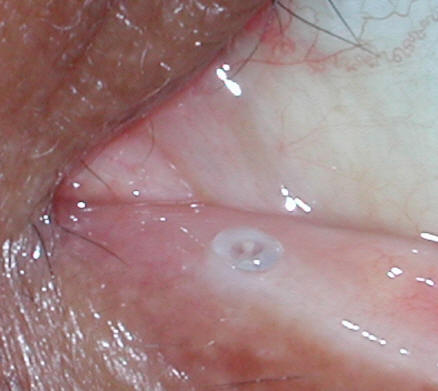 Punctal plug shown in lower eyelid
Punctal plug shown in lower eyelid
Conserving your eyes' own tears is another approach to keeping the eyes moist. Tears drain out of the eye through a small channel into the nose (which is why your nose runs when you cry). Your ophthalmologist may close these channels either temporarily or permanently. The closure conserves your own tears and makes artificial tears last longer.
A new type of punctal plug made of acrylic is a small rod that becomes a soft gel when exposed to your body heat after insertion. It is designed to accommodate to the size of any punctum canal. Advantages of this type of plug are that one size fits all so measurement is unnecessary, and nothing protrudes from the tear duct that could potentially cause irritation.
Another new kind is made of a hydrogel that expands into a soft, pliable gel in the punctum canal. It has no cap, and should it need to be removed, the eyecare practitioner can simply flush it out with saline solution.
Nutritional Support
Dr. Paul Krawitz holds United States Patent 7,638,142 for his Therapeutic Composition for the Treatment of Dry Eye Syndrome, also known as Dry Eye Relief® TG-1000 Formula, which has set the standard for natural dry eye care.
Dry Eye Relief has been shown in ongoing studies to relieve the signs and symptoms of dry eye in 75% of affected patients. It works by supporting the central aqueous layer of tears, while strengthening the outer lipid layer for reduced tear evaporation and the inner mucus layer, resulting in better tear film stability.

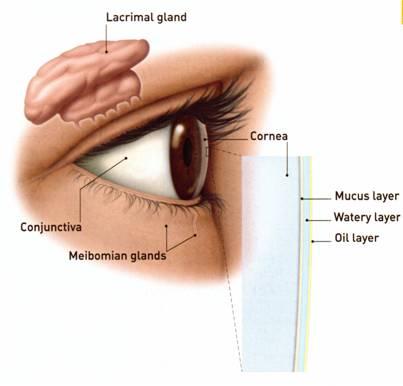
 Inner mucous layer against the eye
Inner mucous layer against the eye




